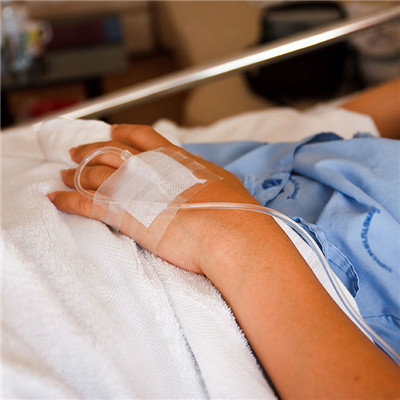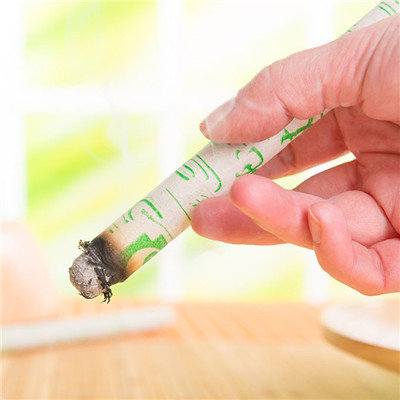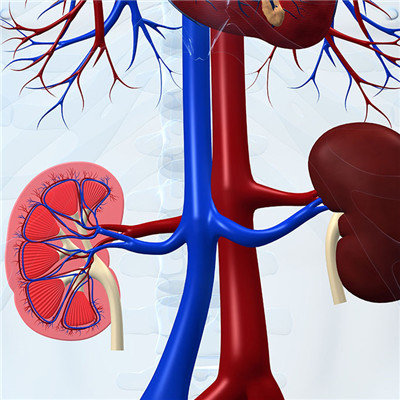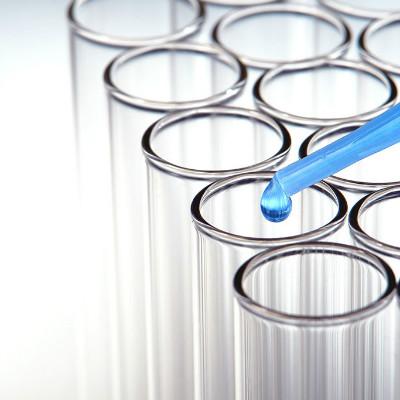What are the early symptoms of tetanus?
summary
Tetanus is a kind of surgical infectious disease, the cause of which is the infection of tetanus bacilli after passing through the wound and entering the body. Because tetanus is an anaerobic bacteria, it is most likely to cause tetanus if deep wounds are contaminated by soil, livestock manure and other substances that are prone to tetanus bacteria, because the deeper the wound is, the less oxygen there is. What are the early symptoms of tetanus? Let's talk about it
What are the early symptoms of tetanus?
At the beginning of the disease, patients will feel the neck and shoulder muscles are tense, especially the hands and feet close to the wound will also have abnormal feelings. With the development of the disease, the patient's muscles gradually become stiff, unable to open his mouth, speak, bite, and even walk hard.

Clinically, it can evolve into continuous ankylosis of skeletal muscle and paroxysmal spasm. If the condition worsens, the interval between attacks becomes shorter and shorter, and eventually it develops into one attack every five minutes. Severe patients will have laryngeal spasm, asphyxia, pulmonary infection and respiratory failure.

The incubation period was 1-2 weeks, and the longest was several months. The shorter the incubation period is, the more serious the disease is. The cases shorter than one week are mostly severe tetanus. The latent period of patients who have been immunized with tetanus toxoid or who have received preventive tetanus antitoxin injection after injury is generally longer.

matters needing attention
Patients with tetanus must be isolated and no visit is allowed. Medical staff should wear isolation clothes, isolation caps, masks and gloves when entering the ward. When there is a wound on the body, they can not enter the ward to work. For instruments that have been in contact with wounds, soak them in 1% Peracetic Acid for 10 minutes before autoclaving. The dressing changed at the wound should be burned immediately. The patient's used bowls, chopsticks and medicine cups should be soaked in 0.1-0.2% Peracetic acid, and then boiled for 30 minutes. The excrement should be dumped after disinfection and disposable materials should be used as much as possible.
















